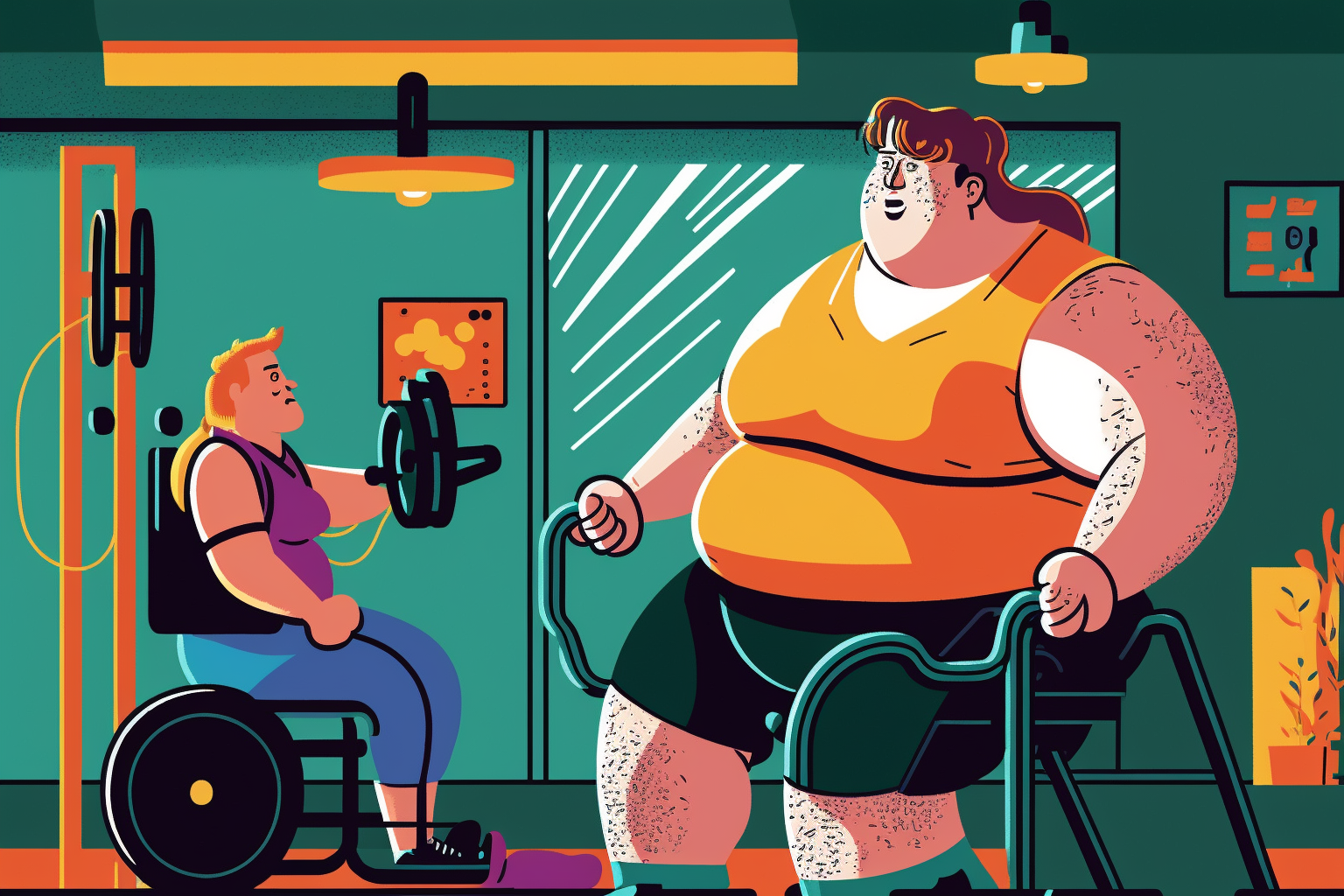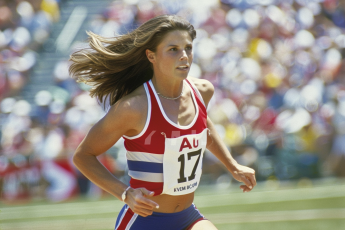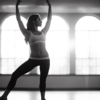In order to achieve better health and well-being, exercise plays a crucial role. However, traditional fitness advice often fails to consider the unique needs and abilities of individuals with disabilities. This ultimate guide breaks down the barriers and presents an inclusive approach to building a successful workout routine for people with disabilities. Whether you want to increase strength, improve cardiovascular fitness, or simply enhance your overall well-being, this guide is tailored to empower and inspire you on your fitness journey.
Section 1: Embrace Individuality and Set Personal Goals
Every person is unique, and this is particularly true for people with disabilities. Embrace your individuality and set personal goals that align with your abilities and aspirations. Seek guidance from a healthcare professional or a certified trainer who specializes in adaptive fitness to understand your body’s specific needs and limitations. By establishing realistic and personalized goals, you lay the foundation for a successful workout routine.
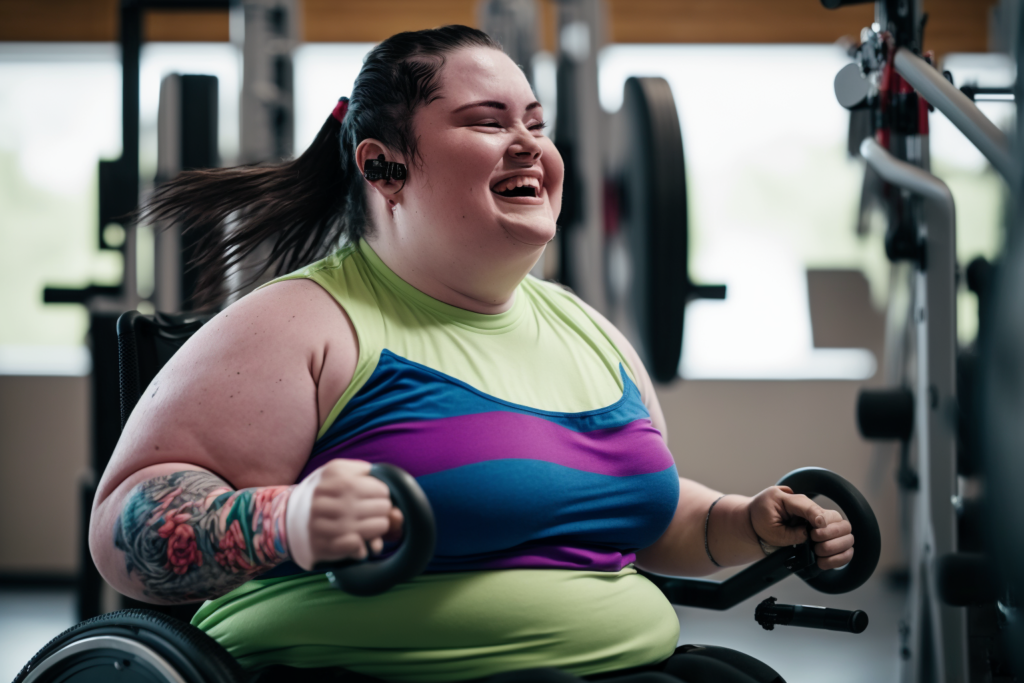
Section 2: Choosing the Right Exercises
When it comes to exercise, the key is to find activities that are enjoyable, safe, and accessible. Depending on your abilities and preferences, there is a wide range of exercises you can incorporate into your routine. Strength training using resistance bands or weights can improve muscle tone and increase overall strength. Low-impact activities like swimming or cycling can be gentle on the joints while providing cardiovascular benefits. Yoga and tai chi promote flexibility, balance, and relaxation. Experiment with different exercises to find what works best for you.
Section 3: Adaptations and Assistive Devices
Adapting exercises and utilizing assistive devices can greatly enhance your workout routine. For example, if you have mobility limitations, consider using handrails, ramps, or stability aids for balance during exercises. Wheelchair users can engage in wheelchair sports, such as basketball or tennis. Various adaptive equipment, such as hand pedals or arm ergometers, can be used for cardiovascular workouts. Don’t be afraid to explore adaptive fitness resources or consult with trainers who specialize in inclusive workouts.

Section 4: Mindset and Motivation
Building a successful workout routine requires a positive mindset and motivation. Surround yourself with supportive individuals who understand your goals and challenges. Stay consistent, but also be flexible and willing to adapt your routine as needed. Track your progress and celebrate every milestone, no matter how small. Remember, exercise is not only about physical health but also about mental well-being. Find activities that bring you joy and make you feel accomplished.
Section 5: Community and Resources
The power of the community should never be underestimated. Seek out local support groups or online communities where you can connect with others who share similar experiences and interests. These communities can provide valuable insights, tips, and motivation. Additionally, there are numerous resources available online, including adaptive workout videos, blogs, and forums. By tapping into these resources, you can expand your knowledge and discover new workout routines to keep you engaged and inspired.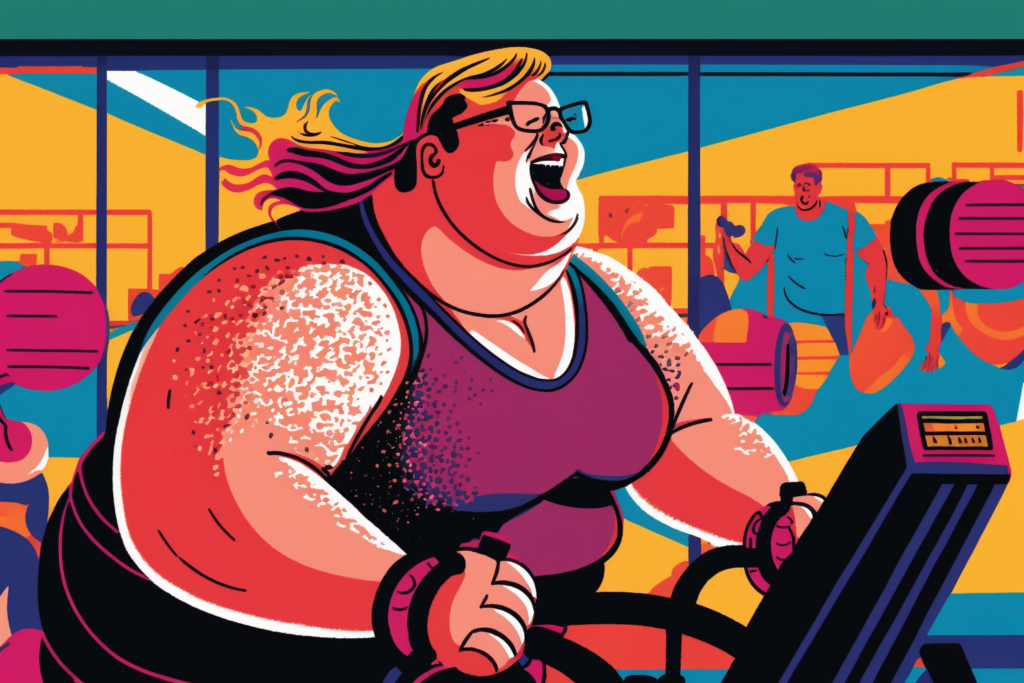
Building a successful workout routine for people with disabilities is about embracing individuality, setting personal goals, and finding exercises that are accessible and enjoyable. With the right mindset, adaptations, and support, you can embark on a fulfilling fitness journey that enhances your physical and mental well-being. Remember, the key is to focus on what you can do and celebrate every accomplishment along the way. Share this ultimate guide to empower others, break down barriers, and inspire a more inclusive fitness community. Together, we can redefine what’s possible and create a world where everyone can thrive in their pursuit of health and fitness.
